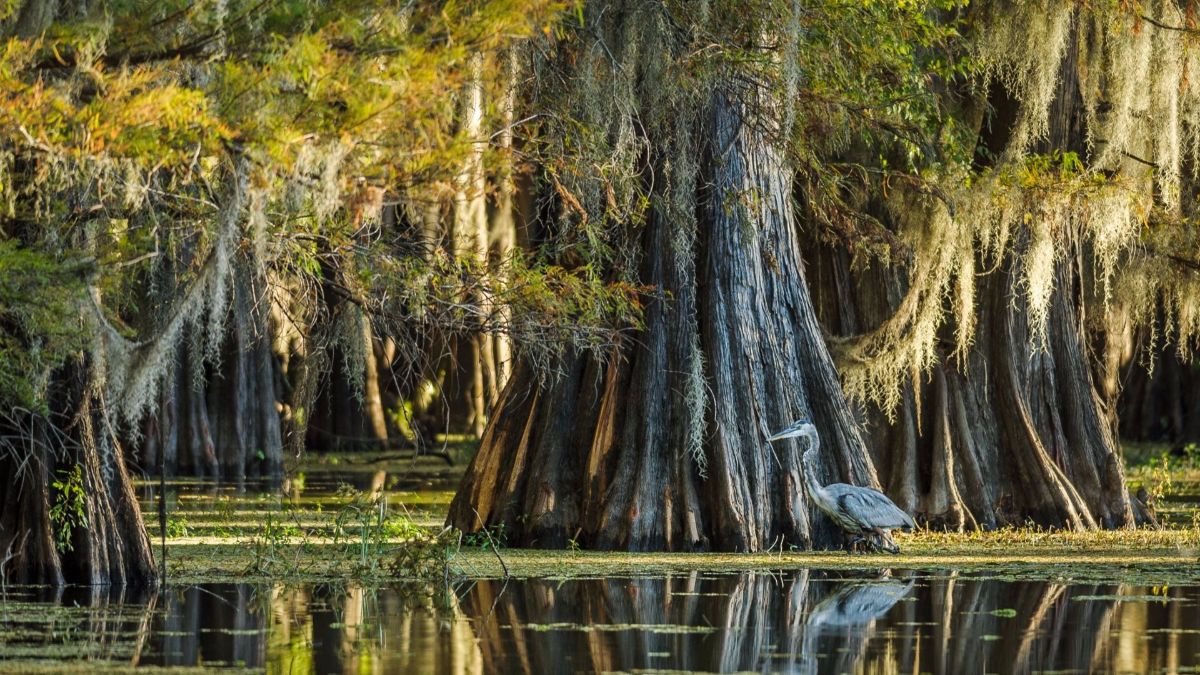Bald Cypress
Taxodium distichum
Taxodium distichum
This month, I wanted to focus on bald cypress (Taxodium distichum), as my favorite landscape is a cypress swamp. Here, you can watch the seasons change. Summer begins with a lull, then booms as the rain rushes in. It is lush, full of life, a haven for those who have been searching for the water. This life permeates into the fall and winter when the rain stops. Eventually, the water runs out and the silence rolls in. Everything stops for a moment and resets. Seeds sprout, bugs lay their eggs, the mammals have a new space to explore. And before you know it, the cycle starts again.
Cypress swamps are denoted by... well, cypress trees. Here in SWFL, bald cypress is the most common. At maturity, T. distichum can grow up to 70 feet tall and 25 feet wide. They grow along river banks and areas inundated with water. They have adapted to the compacted soil by send out "knees", which are a part of the trees roots system that many believe to be a function of improved respiration.
Bald cypress makes a beautiful addition to any landscape. Its feathery leaves and wide base add a whimsical touch. It is deciduous as well, which may be something to keep in mind. Taxodium distichum prefers full sun and acidic soils, so plant accordingly.
By: Maya Frere
Cypress swamps are denoted by... well, cypress trees. Here in SWFL, bald cypress is the most common. At maturity, T. distichum can grow up to 70 feet tall and 25 feet wide. They grow along river banks and areas inundated with water. They have adapted to the compacted soil by send out "knees", which are a part of the trees roots system that many believe to be a function of improved respiration.
Bald cypress makes a beautiful addition to any landscape. Its feathery leaves and wide base add a whimsical touch. It is deciduous as well, which may be something to keep in mind. Taxodium distichum prefers full sun and acidic soils, so plant accordingly.
By: Maya Frere

